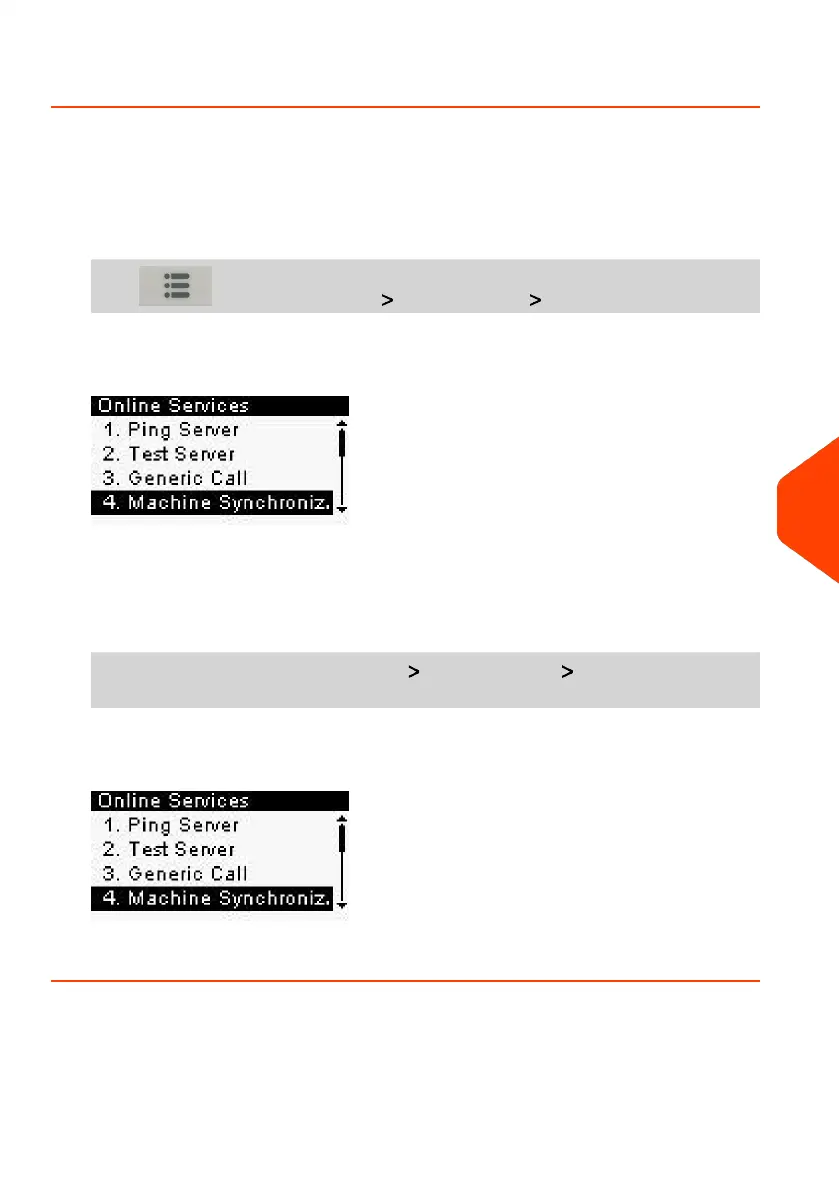

Do you have a question about the quadient iX-1 Series and is the answer not in the manual?
| Weight | Varies by configuration |
|---|---|
| User Interface | Touchscreen |
| Optical Mark Recognition (OMR) | Yes |
| Barcode Recognition (BCR) | Yes |
| Dimensions | Varies by configuration |
| Type | Mailing System |
| Connectivity | Ethernet |
| Duty Cycle | Up to 30, 000 pieces per month |
| Feeder Capacity | Up to 150 envelopes |
| Envelope Size (Minimum) | 90 x 140 mm |
| Envelope Size (Maximum) | 229 x 324 mm |
| Document Size (Minimum) | 3" x 5" |
| Print Speed | Up to 150 envelopes per hour |
| Envelope Capacity | Up to 150 envelopes |
| Folding Types | C-fold, Z-fold, half-fold |
Details essential safety precautions and guidelines for connecting and operating the mailing system.
Explains the meaning of various symbols used throughout the manual for warnings and notes.
Provides definitions for acronyms and technical terms used in the user guide.
Identifies and describes the main components and physical layout of the mailing system.
Lists and describes optional accessories that can be connected to the mailing system.
Explains the function of each key and display area on the mailing system's control panel.
Details the various ports and connectors available on the mailing system for peripherals and power.
Describes how the mailing system manages power consumption, including sleep modes.
Outlines the steps for preparing mail and initiating a new work session on the system.
Guides users on selecting the appropriate stamp type based on the mail processing requirements.
Provides practical examples and step-by-step instructions for various mail processing scenarios.
Explains procedures for correcting postage amounts or dates applied to mail pieces.
Covers various system settings related to mail processing, such as account management and rate selection.
Details how to configure various elements that appear on the postage imprint.
Explains how to create, edit, and use preset imprint memories for faster stamp configuration.
Describes how to check and add funds to the postage meter (PSD) for postage operations.
Provides instructions on how to perform a postal inspection to unlock the postage meter.
Details how to configure warning thresholds for high postage amounts or low funds.
Explains how to set or cancel a PIN code to control access to postage funding.
Describes the available reports for tracking postage refill operations and fund usage.
Explains how to track postage by account and secure system functions with access control.
Details the different access control policies available, such as PIN codes for system access.
Describes the various account modes that can be configured for tracking postage expenses.
Provides a step-by-step guide on how to create new accounts within the mailing system.
Covers procedures for displaying, creating, editing, activating, and deleting accounts.
Explains how to generate reports related to account activity and postal expenditures.
Details how to switch the active account for charging postage expenses.
Guides users on how to select the correct postage rate for different mail pieces and services.
Covers how to check for rate updates and download new postal rate tables.
Explains how to select, generate, and output various reports from the mailing system.
Lists and describes the different types of reports that can be generated by the system.
Provides a general overview of the features and benefits of using online services.
Explains automatic and manual calls to the online server for data updates and service activation.
Details how to perform diagnostic tests to check the connection to the online server.
Describes online services related to ink management, rate protection, and account upgrades.
Explains how to use eConfirmation services for tracking mail and obtaining postage discounts.
Introduces the two types of settings: user settings and supervisor settings.
Provides instructions on how to access and exit the supervisor mode for system configuration.
Covers how to adjust display contrast and change the display language.
Details configuration of system sleep timeouts and soft-off timeouts.
Explains how to set high-value postage warnings and low-funds thresholds.
Covers settings for default weighing type, automatic weight detection, and GEO code.
Explains how to set default rate, text, and slogan for postage imprints.
Describes how to create, edit, and use preset imprint memories for stamp customization.
Details how to configure postal/online services connection and LAN parameters.
Covers checking and setting the machine's time, date, and automatic date advance.
Provides information about the ink cartridge and instructions for changing it.
Details service procedures like registration updates and removing the meter.
Addresses common machine problems, such as print head cleaning.
Explains how to access diagnostic data and perform system tests.
Covers how to display software, hardware, counters, and event lists.
Details the envelope dimensions and weight specifications the system can handle.
Outlines the dimensional criteria for packages that must be uploaded to USPS.
Provides general specifications for the mailing system, including dimensions, weight, and power.
Specifies the recommended temperature and humidity ranges for operating the system.
Lists system specifications related to accounts and weighing accuracy.
Summarizes major changes and functions implemented in the system.